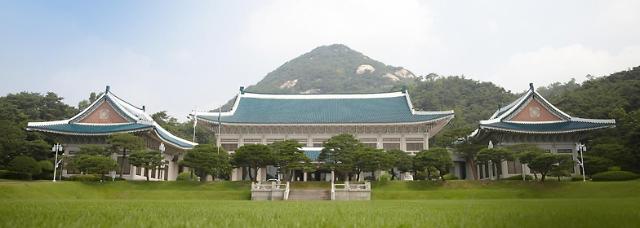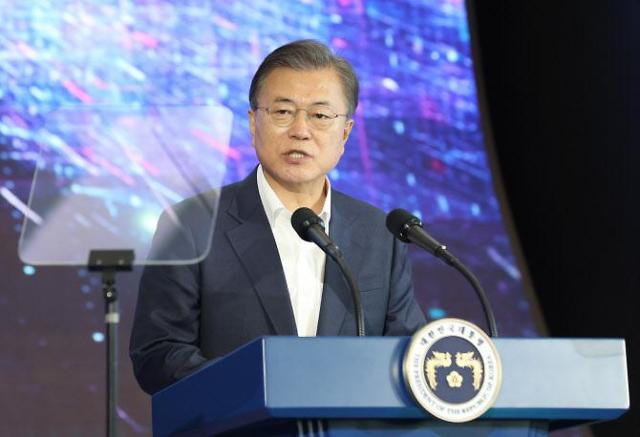
[Courtesy of Blue House]
The "Blue House", a complex of residence and office buildings used by South Korea's head of state and aides could be turned into a public park following a presidential election next month to pick the successor of jailed ex-president Park Geun-hye.
The idea of relocating and transforming the sprawling complex overlooking the center of Seoul is highly plausible as opinion polls showed Moon Jae-in of the main opposition Democratic Party has been favored to win the election on May 9.
The Blue House became the symbol of honor and disgrace when Park, 65, was impeached and expelled for her role in a corruption scandal that triggered months of political turmoil and street protests. She is on trial after being arrested on March 31 on multiple charges including bribery and abuse of authority.
On Monday, Moon, a former human right lawyer, launched a special committee tasked with relocating the presidential office and residence if he is elected, to improve communication with the public, insisting South Korean leaders have long been isolated and secluded in the presidential compound.
"It is an expression of my determination to end the era of non-communication and open a democratic era of communicating and mingling with the people," he said.
The proposed relocation would help the president improve daily communication and work together with his staff in the same area, he said, adding the Blue House should be transformed into a public park.
The committee suggested the next president would work in the main government complex housing various ministries in front of the main palace of the Joseon Dynasty (1392–1897) while a nearby area would be selected as the presidential residence.
The Blue House known for blue roof tiles was built in the traditional Korean architectural style with some modern elements on the complex covering about 250,000 square meters (62 acres).
For security, it consists of completely separate structures including the main office hall, the presidential residence, a state reception house, a press hall, and an area for aides and staff.
The site has a shameful historical background. During Japan's occupation of the Korean peninsula from 1910-45, colonial rulers demolished a royal back garden to build their residence. American commander John Reed Hodge took it over for three years after liberation in 1945. In 1948, South Korea's first president Syngman Rhee used it as his office and residence.
Ex-presidents Park Chung-hee, who seized power through a coup in 1961, built a new presidential office and residence on the same site.
Lim Chang-won = cwlim34@ajunews.com




